Eritrean Food Dishes: Basic Overview
Common Ingredients
Common Cooking Methods
Courses
Meals
Key Taste
Eating Etiquette
Meal Presentation
Culinary Festivals
Influence and Fusion
Popular Types of Eritrean Dishes
-
Bread and doughs
In Eritrean cuisine, bread and doughs are essential, manifesting in various forms, from spongy flatbreads to sweetened loaves.
Central to this category is Injera, a sourdough-risen flatbread, used not just as a food item but also as an eating utensil.
Other varieties include kitcha, an unleavened flatbread, and himbasha, a sweet bread.
-
Stews
Eritrean stews are characterized by their rich, hearty nature and the depth of flavor achieved through the use of a variety of spices, including the ubiquitous berbere.
These stews are often served over Injera, allowing the bread to soak up the flavors.
-
Fried dishes
Fried dishes in Eritrean cuisine offer a contrast to the more common stews and breads.
Samosas are a prime example, with their spiced fillings of meat or vegetables encased in a crispy fried pastry.
Dabo kolo, small, spiced, and fried dough pieces, represent another aspect of fried dishes, serving as a popular snack ranging from sweet to savory.
-
Vegetarian dishes
Vegetarian dishes in Eritrean cuisine showcase the versatility and richness of plant-based ingredients, often spiced with the same complexity as meat dishes.
These dishes cater to the dietary restrictions of religious fasts while providing nourishing and flavorful meal options.
Eritrean dishes are delicacies commonly savored in Eritrea, a country in the Horn of Africa (regions of East Africa). Eritrean food is characterized by a mix of local traditions and influences from Italian delicacies, Turkish specialties, and Ethiopian culinary practices.
Eritrean cuisine is known for its spicy, hearty meals, often featuring injera, a sourdough flatbread made from teff flour. Key flavors include berbere, a fiery spice mix, and tesmi, clarified butter, adding depth and richness.
Meals are communal, underscoring the values of community and sharing. Vegetarian options are common, reflecting the fasting practices of the Orthodox Christian community.
Located along the Red Sea coast, seafood is prepared through grilling, boiling, and stewing, seasoned with herbs and spices.
I am going to explore the heart of Eritrean cuisine, uncovering the essence of its beloved dishes, their global appeal, and health benefits
I’ll also share insights on dining etiquette and the art of pairing these dishes with the perfect drinks. And for a fun twist, you can also compare Eritrean cuisine to Ethiopian fare.
Ready to dive in?
18 Popular Eritrean Dishes with Filters
Here are the 18 iconic Eritrean dishes arranged by their global popularity. You can sift through them based on ingredients, flavors, cooking methods, dish types, and when they’re typically enjoyed.
The filter function also covers whether you’re in the mood for classic recipes, national treasures, street food delights, fusion, and exotic culinary innovations.
With its unique sourdough base and spongy texture, Injera is a national staple, often accompanied by stews like zigni, central to Eritrean identity and culinary pride.
Injera
- National
- Traditional
Injera is a staple dish in Eritrean cuisine, akin to sourdough-risen flatbread, characterized by its unique, slightly spongy texture. This national dish is not just a type of food but an eating utensil in its own right, serving as the base for various stews, meats, and vegetables.
Its distinct sour taste comes from the fermentation process of teff flour. While teff flour is traditional, variations exist, using barley, corn, rice, or wheat flour, especially in diverse regions
Injera is integral to not just Eritrean but also Ethiopian meals. While primarily enjoyed daily, injera holds a place of honor during major festivals and celebrations, like Timket (Epiphany) and Meskel (Finding of the True Cross).
The global Eritrean diaspora has introduced injera to many parts of North America, Europe, and beyond.
Shiro
- Street Food
- Traditional
Shiro, also known as Shiro Wot, is a traditional, comforting Eritrean stew. Made primarily from powdered chickpeas or broad beans, it is seasoned with a rich blend of spices that includes berbere, garlic, and onions, offering a warm, spicy, and occasionally earthy taste.
This dish can be found in various forms, from the smooth, almost hummus-like consistency of shiro tegamino to the more soup-like shiro derho, with each variation beloved in households and restaurants alike.
Shiro is especially prominent during religious fasts and celebrations, such as the Orthodox Christian fasting seasons.
Shiro is a popular dish not just in Eritrea but across East Africa and wherever the Eritrean diaspora has established communities.
Kitfo
- Exotic
- Traditional
Kitfo is a traditional dish of Eritrea and Ethiopia, consisting of minced raw beef, marinated in mitmita (a spicy chili powder blend) and niter kibbeh (a clarified butter infused with herbs and spices).
This delicacy is often served with injera and accompanied by cooked greens or a scoop of fresh cottage cheese. Kitfo has a bold, spicy taste, with the warmth of the butter and the heat of the mitmita creating a complex flavor profile that is both rich and invigorating.
There are variations to kitfo, including leb leb, which is lightly cooked, catering to those who may shy away from the raw version.
Ful Medames
- Street Food
- Traditional
Ful medames, often simply called ful, is a staple food across the Horn of Africa, the Middle East, and North Africa.
In Eritrea, ful medames is a beloved breakfast dish, traditionally made from fava beans cooked until tender, then seasoned with olive oil, lemon juice, garlic, and various herbs and spices.
It is often served with a side of bread or injera. The dish’s flavors are earthy, with a tangy kick from the lemon and a depth of flavor from the garlic and spices.
Samosa
- Street Food
- Traditional
Samosas, known in various regions as sambusa or samusa, are a popular savory pastry in Eritrean cuisine, though they originate from South Asia. These pastries are typically filled with spiced potatoes, onions, peas, lentils, or meat.
Samosas are versatile in their presentation, taking on shapes like triangles, cones, or half-moons. The taste of samosas can range from spicy to mildly flavored, often accompanied by chutney for an additional flavor boost.
They are deeply rooted in medieval culinary traditions and have become a beloved entrée, side dish, or snack not just in Eritrea but across South Asia, the Middle East, East Africa, Central Asia, and Southeast Asia.
Eritrean-style Lasagna
- Fusion
Eritrean-style Lasagna, recognized for its adaptation of a classic Italian dish, is a fusion type within Eritrean cuisine that illustrates the country’s historical Italian influence.
This dish takes the traditional layers of pasta, cheese, and sauce. It infuses it with local spices and ingredients, notably berbere, which introduces a spicy and aromatic dimension not typically found in its Italian counterpart.
Zigni
- National
- Traditional
Zigni, also known as tsebhi, is a traditional Eritrean stew made with lamb, beef, or sometimes chicken, and is richly seasoned with berbere, a spice blend central to Eritrean and Ethiopian cooking.
Zigni is traditionally served with injera, a sourdough flatbread that acts as both a plate and utensil, soaking up the stew’s flavors.
The dish is a staple at gatherings and is particularly popular during important festivals and celebrations.
Gored Gored
- Exotic
- Traditional
Gored gored is an Ethiopian and Eritrean culinary delight that features cubes of raw beef. Distinguished from Kitfo, which is minced and seasoned, gored gored presents the beef in hearty cubes, allowing for a different texture and taste experience.
The meat is not marinated ahead of time but is instead mixed with spicy seasonings such as berbere and niter kibbeh (spiced clarified butter) just before serving.
Himbasha
- Traditional
Himbasha, also known as Ambasha in Amharic, is a type of sweet bread that is native to both Ethiopia and Eritrea. It is particularly popular in the Eritrean highlands, as well as in the Amhara and Tigray regions of Ethiopia.
The Eritrean variant is notable for its unique flavoring, which may include additions like raisins, giving it a slightly sweet taste.
The dough is usually decorated before baking, commonly in a wheel shape with several spokes. Ingredients like cardamom seeds, candied ginger, and occasionally candied orange are common.
Kitcha Fit-fit
- Street Food
- Traditional
Kitcha fit-fit, recognized within the Eritrean and Ethiopian culinary traditions, is a breakfast dish that incorporates shredded kitcha, unleavened flatbread, combined with spiced clarified butter and the vibrant berbere spice blend.
This dish, celebrated for its rich flavors, is a common morning meal with a hearty start to the day. Kitcha itself is made from wheat flour, water, and salt, cooked in a pan until each side develops a slightly charred texture.
The versatility of kitcha fitfit allows for variations, including adding plain yogurt, transforming it into a meal that balances the heat of berbere with the coolness of the yogurt.
Dabo Kolo
- Street Food
- Traditional
Dabo kolo is a traditional Ethiopian and Eritrean snack known for its small, spiced, and fried dough pieces. The name translates to “cornbread” in Amharic, with “dabo” meaning bread and “kolo” referring to corn or roasted grains like barley, chickpeas, and sunflower seeds.
This snack is versatile, sometimes made sweeter with the addition of honey, and can also be found in a unique variation made from coffee beans.
The snack is notably associated with the Enkutatash (Ethiopian and Eritrean New Year) and Shabbat meals among the Beta Israel (Ethiopian Jews).
Dabo kolo enjoys popularity not only in its countries of origin but also in the Democratic Republic of the Congo, where it’s considered a Congolese finger food.
Ga’at
- Traditional
Ga’at, or Genfo in Amharic or Marca in Oromiffa, is a traditional porridge from Eritrea and Ethiopia.
This dish is known for its distinctive serving style, typically presented in a large mound with a well in the center filled with a mixture of niter kibbeh (a spiced clarified butter) and berbere (a spicy blend).
The base of the porridge is made from barley or wheat flour mixed with water to create a stiff, porridge-like consistency.
It’s commonly consumed for breakfast but can also be served for lunch and dinner. Depending on personal preference or the specific social context, the dish can be eaten with hands or utensils.
Shahan Ful
- Street Food
- Traditional
Shahan ful is a traditional breakfast dish beloved in Eritrea and across the Horn of Africa, including regions like Sudan, South Sudan, Somalia, and Ethiopia.
Originating from Sudan, this hearty meal is made by slow-cooking fava beans in water until they’re tender.
Afterward, the beans are mashed into a coarse paste and typically served with a variety of flavorful accompaniments such as green onions, tomatoes, hot green peppers, yogurt, feta cheese, olive oil, tesmi, berbere, lemon juice, cumin, and chili pepper.
It’s a dish enjoyed without utensils, often scooped up with a bread roll, embracing a communal eating experience. Shahan ful also gains popularity during the Ramadan season and Lent.
Alicha Birsen
- Street Food
- Traditional
Alicha birsen is a flavorful and hearty vegetarian dish, ideal for those seeking a vegan option within Eritrean cuisine. It’s a lentil curry, richly spiced with berbere, a popular spice blend in the region.
This dish is simmered with tomatoes and onions, creating a depth of flavor that is both spicy and satisfying.
Fata
- Traditional
Fata is often likened to an Eritrean version of Panzanella but is distinguished by being soaked in a rich and spicy tomato stew rather than tossed with tomatoes.
The dish is a spicy tomato and bread salad, containing minced onions, garlic, diced tomatoes, and pieces of crusty bread, typically seasoned with oil, tomato paste, cayenne pepper, and allspice.
Panettone
- Fusion
Panettone, due to Italian influence in Eritrea, has become a common bread served with tea or during the coffee ceremony.
While traditionally an Italian Christmas sweet bread rich with fruits and nuts, the Eritrean adaptation sometimes incorporate local flavors or variations in ingredients
This integration of Italian culinary tradition highlights the historical ties and cultural exchanges between Italy and Eritrea, reflecting the broader influence of Italian cuisine within Eritrean food culture.
Hamli
- Traditional
Hamli, also known as Gomen, is a traditional Eritrean dish consisting of sautéed greens, typically collard greens or spinach, seasoned with spices and sometimes garlic and onions.
It’s a simple, nutritious side dish accompanying main meals, emphasizing the Eritrean culinary tradition of balancing flavors and textures.
Makleel
- Traditional
Makleel, often called “Eritrean doughnuts,” is a common treat in Eritrean cuisine. These doughnuts are distinguished by their slightly sweet taste, which comes from honey rather than sugar.
Makleel is known for its delightful texture, offering a crunchy exterior and a soft interior. This dish exemplifies the unique blend of flavors in Eritrean cuisine and is a favorite for its comforting and homely feel.
What Is Eritrean Dining Etiquette?
Eritrean dining etiquette showcases the country’s communal values and cultural traditions. Here are some key aspects:
Which Beverages Best Complement Eritrean Dishes?
Here are some beverages that traditionally pair well with Eritrean dishes:
When choosing a beverage to accompany an Eritrean meal, consider the balance of flavors and how the drinks from Eritrea will interact with the spices and ingredients of the dishes.
The choice of these drinks ties into a broader discussion about how Eritrean cuisine shares some elements with Ethiopian food, but also boasts its own distinctive tastes.
What Are the Similarities and Differences between Eritrean Dishes and Ethiopian Dishes?
Eritrean and Ethiopian cuisines share a deep cultural heritage, reflected in their culinary practices, which are both distinct and intertwined due to their geographical proximity and shared history.
Similarities
The similarities between Eritrean and Ethiopian dishes are rooted in spice blends and staple ingredients, while differences arise from regional variations and cultural influences.
Due to their geography and shared history, Eritrean and Ethiopian cuisines are often mentioned in the same breath. However, there are distinctive elements in both that set them apart.
Differences
Below is a brief summary of the differences between Eritrean dishes and Ethiopian dishes:
Eritrean Dishes
Ethiopian Dishes
How about my post? Is it interesting and helpful for your upcoming trip? Don’t forget to express your thoughts via a comment box or like and share it. Thank you for your following, and I wish the best for you.



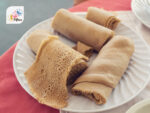
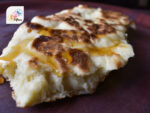
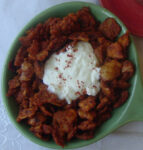
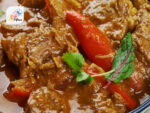
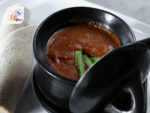
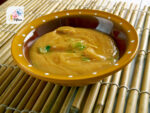
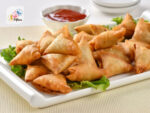

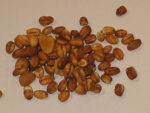
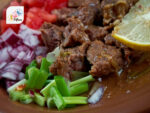
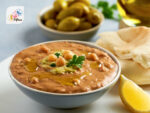
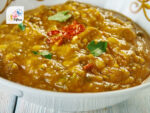
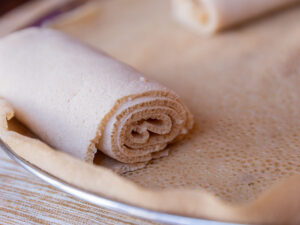
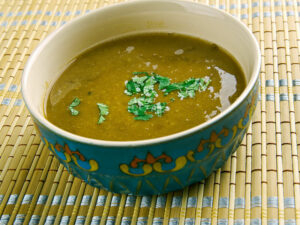
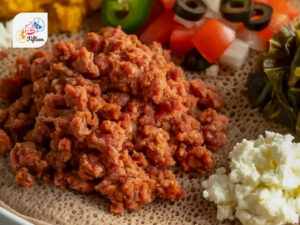
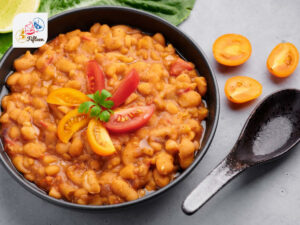
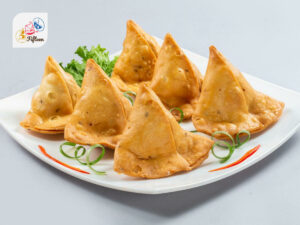
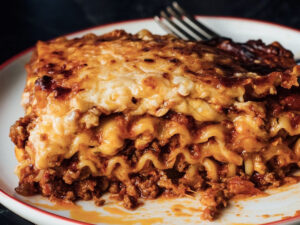
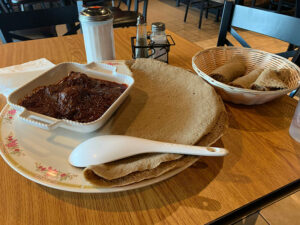
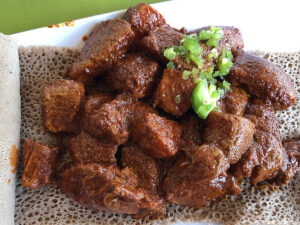
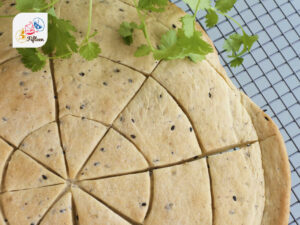
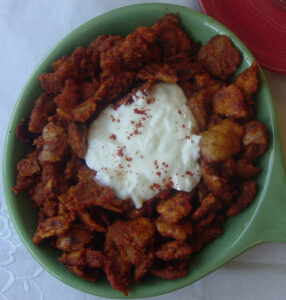
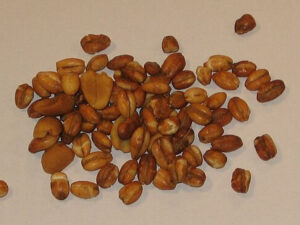
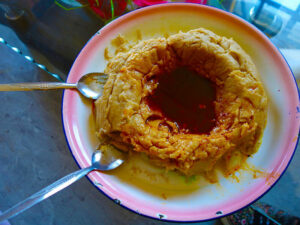
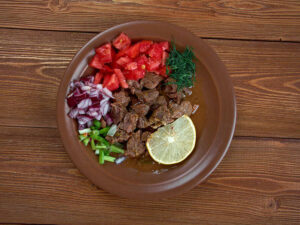
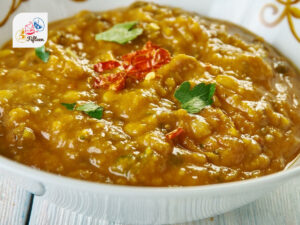
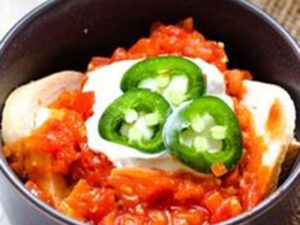
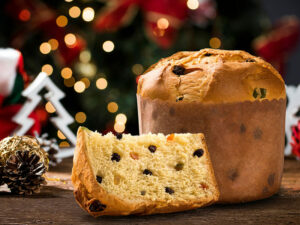
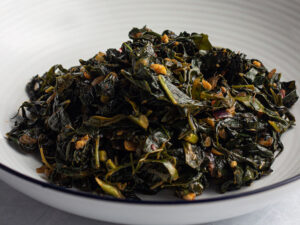
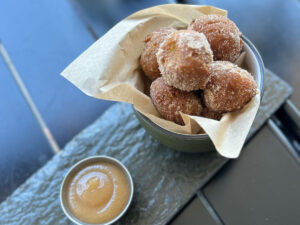
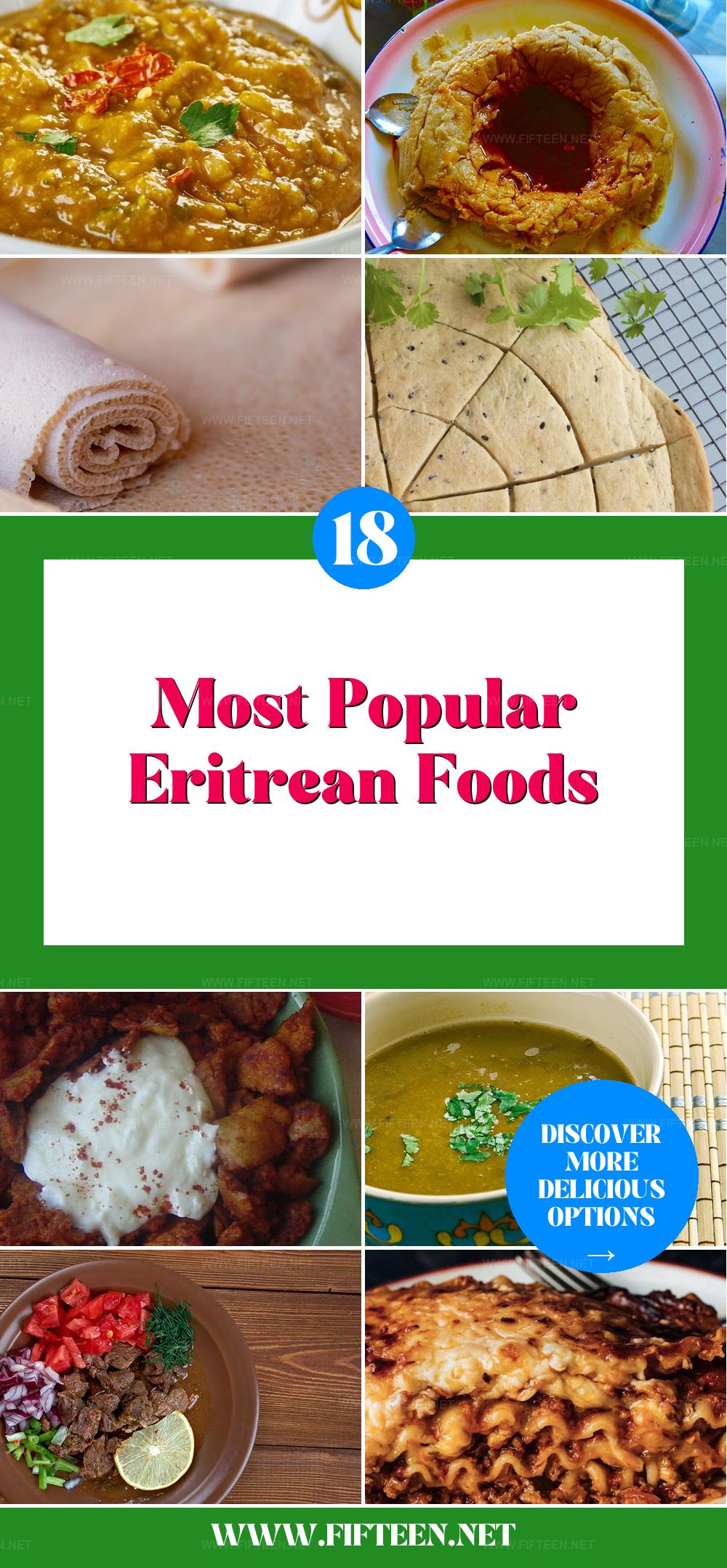
Jamie Scott
Editor in Chief, Senior Content Writer
Expertise
Home Cooking, Meal Planning, Recipe Development, Baking and Pastry, Food Editor, Cooking-video Maker, Western Food Evaluation Expert
Education
Le Cordon Bleu College of Culinary Arts
Local Community College, New York, NY
Jamie Scott is a skilled culinary expert and content creator specializing in Western cuisine. With over 15 years in the culinary field and formal training from Le Cordon Bleu, Paris, Jamie deeply understands how to blend nutrition with delicious flavors. His passion for cooking matches his commitment to making healthy eating accessible and enjoyable.
On Fifteen.net, Jamie brings a fresh perspective to classic dishes and beverages, offering readers insightful recipes, cooking tips, and a fresh view on meal planning that emphasizes taste, health, and simplicity.